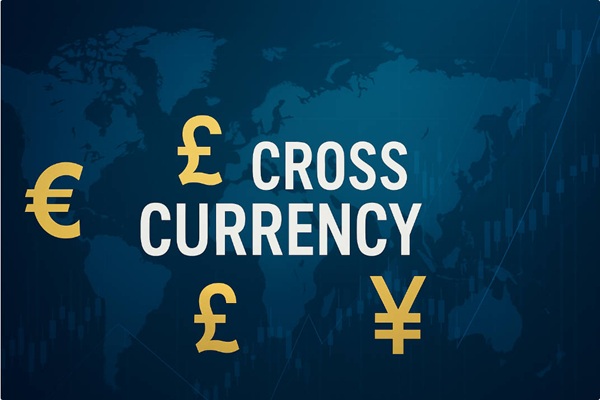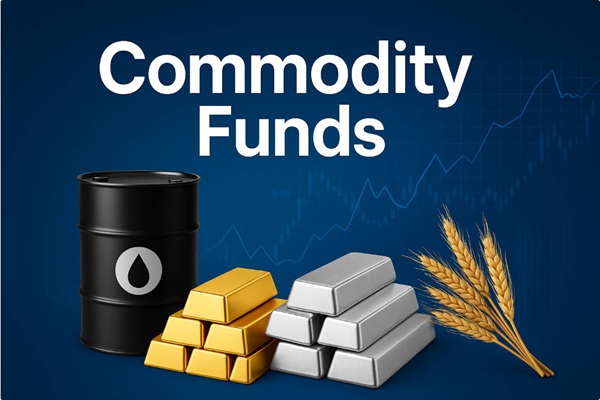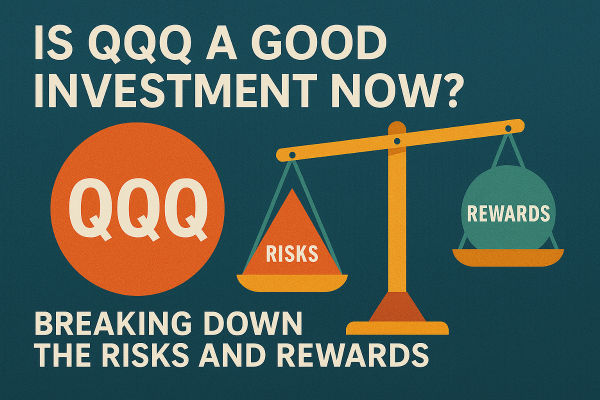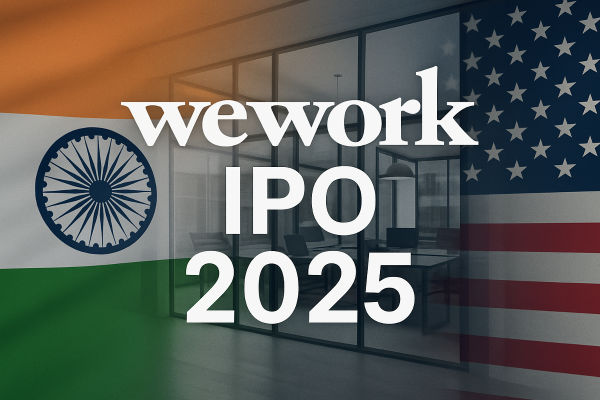South Korea's KOSPI Composite Index posted modest gains on 30 June 2025, adding 0.58% to reach 3,089.65 points. The advance came amid mixed performance across Asian markets, with regional indices showing divergent trends as investors weighed domestic economic data against global uncertainties.
kospi index Performance: Steady Gains Amid Regional Volatility
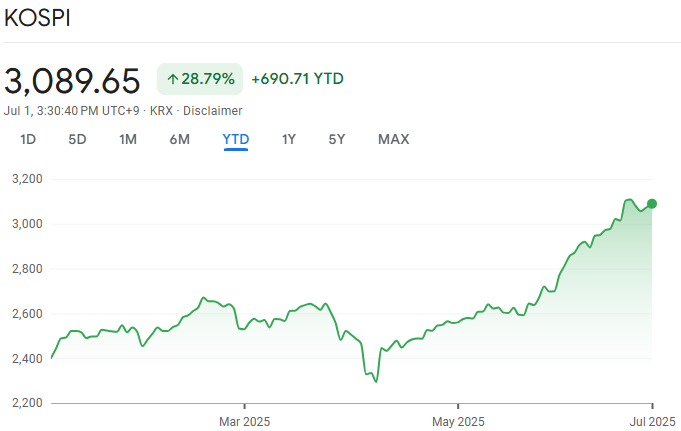
The KOSPI's 0.58% gain on Monday reflected cautious optimism in South Korean markets, with the index building on what has been a remarkable first half of 2025. According to Korea Exchange data, the benchmark index has surged 27% in the first six months of this year, marking its strongest first-half performance in 26 years since the dot-com boom of 1999.
The latest session's advance brought the KOSPI to 3,089.65 points, maintaining its position near multi-year highs. This performance stands in contrast to the broader Asian market picture, where sentiment remained mixed as investors navigated between positive domestic indicators and lingering global concerns.
Mixed Asian Market Performance
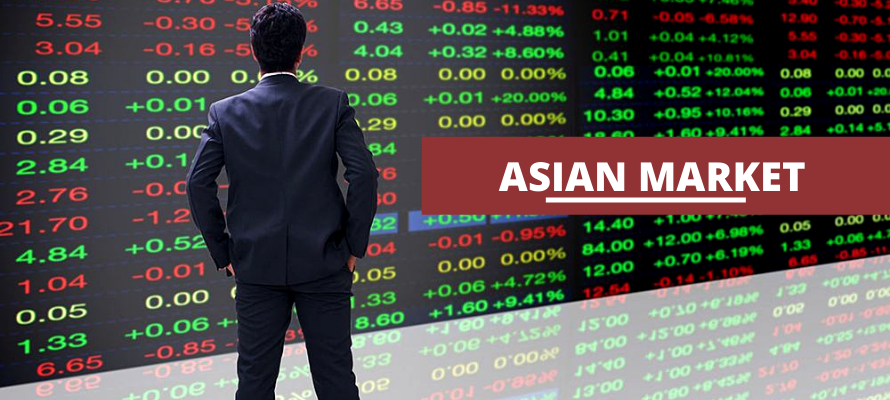
Across the region, Asian markets displayed divergent trends that highlighted the varying economic conditions and investor sentiment in different economies:
Hong Kong's Hang Seng declined 0.87% to close at 24,072.28 points, falling 211.87 points in the session. The decline reflected ongoing concerns about China's economic recovery and global trade uncertainties affecting the territory's financial markets.
Japan's Nikkei 225 showed resilience, though recent sessions have seen increased volatility. The index has been consolidating around the 40,000 level, with economists predicting Japan's economy will grow more than 1% in inflation-adjusted terms in fiscal 2025.
India's Manufacturing Surge Provides Regional Bright Spot
India's manufacturing sector delivered particularly encouraging news, with the HSBC Manufacturing PMI climbing to 58.4 in June 2025 from 57.6 in May, reaching its highest level since April 2024. This 14-month high was driven by a robust increase in new orders, including a significant rise in export demand.
The manufacturing upturn in India has been characterised by:
-
Accelerated hiring by domestic manufacturers
-
The fastest employment growth recorded in the current data series
Strong export performance supporting overall activity
This manufacturing strength in India contrasts with more subdued conditions elsewhere in the region, highlighting the divergent economic trajectories across Asian economies.
South Korea's Economic Momentum
The KOSPI's steady performance reflects underlying strength in South Korea's economy. The index's remarkable 27% gain in the first half of 2025 has been supported by several factors:
-
Corporate Performance: Strong earnings from key sectors including technology, automotive, and shipbuilding have underpinned market confidence.
-
Export Recovery: Recent data suggests South Korean exports are showing signs of recovery, particularly in semiconductors and technology products, which form a significant portion of the country's economic output.
Domestic Optimism: Investor sentiment has been buoyed by expectations of continued economic growth and corporate governance improvements.
Global Context and Market Drivers
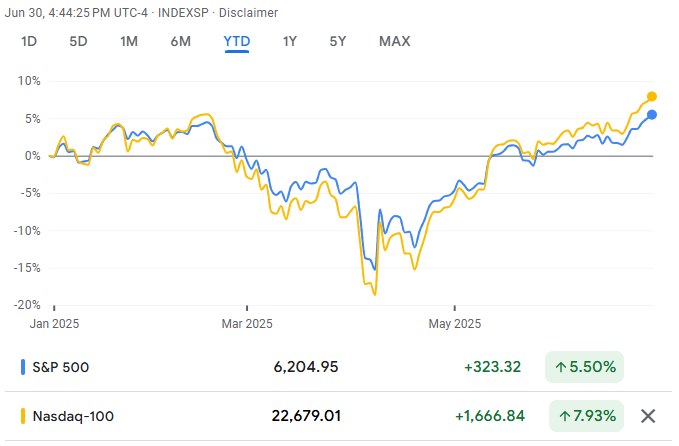
The mixed performance across Asian markets reflects the complex interplay of global and domestic factors currently influencing investor sentiment:
-
US Market Influence: American equity markets have continued to reach record highs, with the S&P 500 and Nasdaq setting new benchmarks. This positive momentum from Wall Street has provided some support for Asian markets, though the transmission has been uneven.
-
Trade Policy Uncertainty: Ongoing discussions about trade policies and tariffs continue to create uncertainty, particularly affecting markets with significant export exposure.
Central Bank Policies: Divergent monetary policy paths across major economies are creating varied conditions for different markets, with some benefiting from accommodative policies while others face tightening pressures.
Technical and Valuation Considerations
From a technical perspective, the KOSPI's position at 3,089.65 points represents a significant milestone. The index has demonstrated remarkable resilience throughout 2025, though some analysts warn that valuations may be becoming stretched after such a strong rally.
The 27% first-half gain, while impressive, has raised questions about sustainability. Historical precedents suggest that such rapid advances can sometimes be followed by periods of consolidation or correction as markets digest the gains.
Outlook and Key Factors to Watch
Looking ahead, several factors will likely influence the KOSPI's performance and broader Asian market dynamics:
-
Economic Data: Continued monitoring of manufacturing and export data from key economies will provide insights into regional economic health.
-
Global Trade Developments: Any changes in international trade policies or agreements could significantly impact export-dependent economies like South Korea.
Corporate Earnings: The upcoming earnings season will test whether corporate performance can justify current valuations across the region.
The KOSPI's steady 0.58% gain to 3,089.65 points exemplifies the cautious optimism currently characterising South Korean markets, even as regional peers show more volatile patterns.
Disclaimer: This material is for general information purposes only and is not intended as (and should not be considered to be) financial, investment or other advice on which reliance should be placed. No opinion given in the material constitutes a recommendation by EBC or the author that any particular investment, security, transaction or investment strategy is suitable for any specific person.










